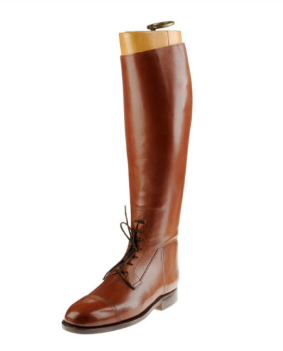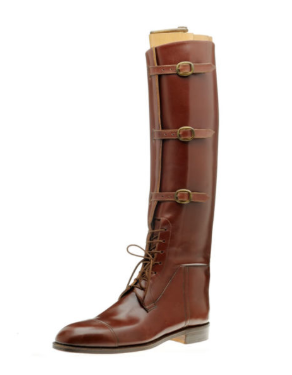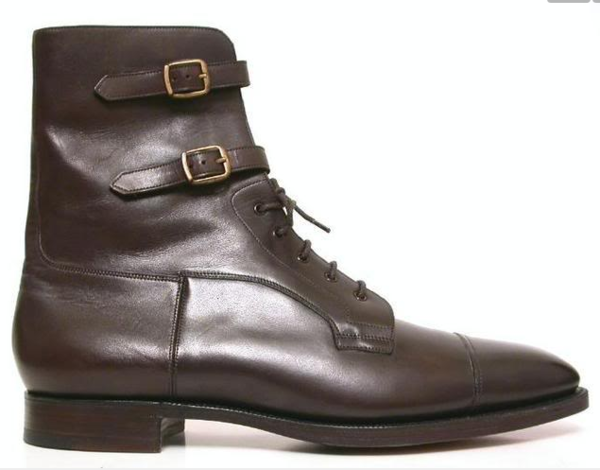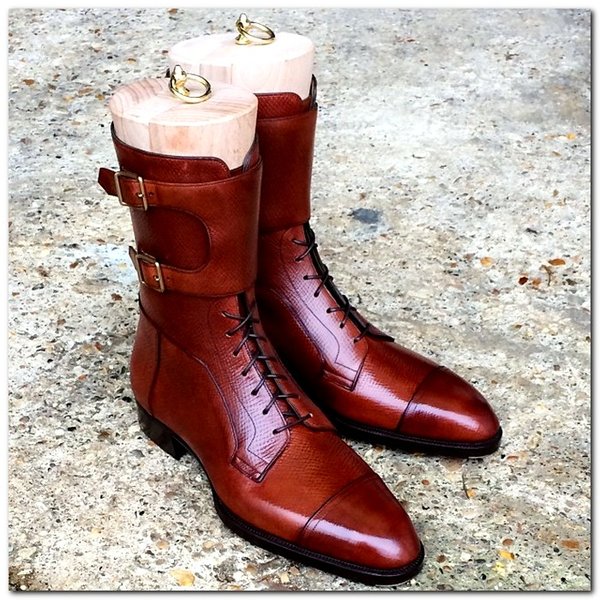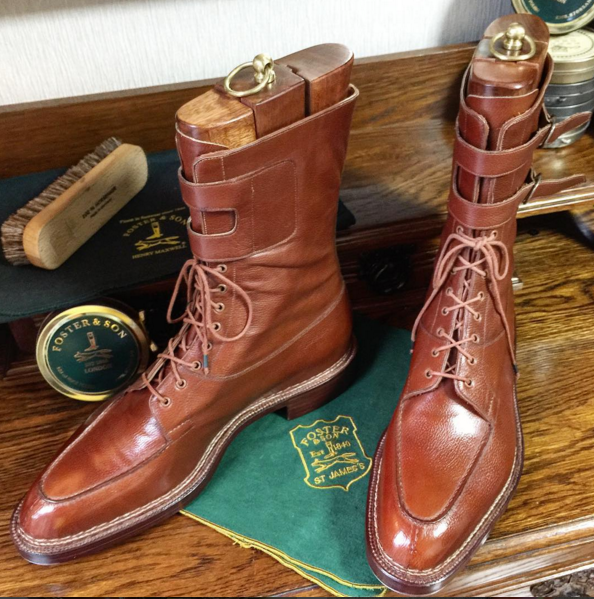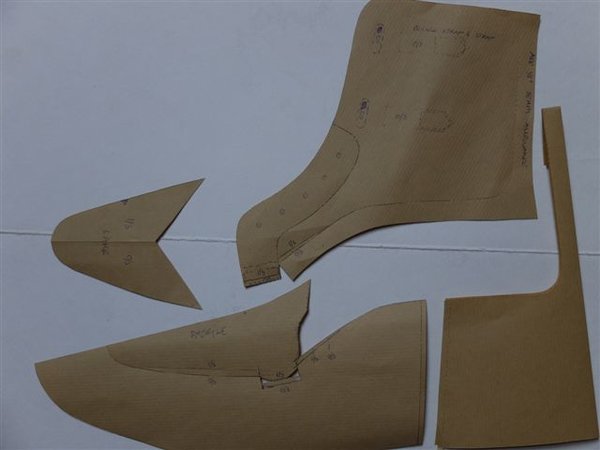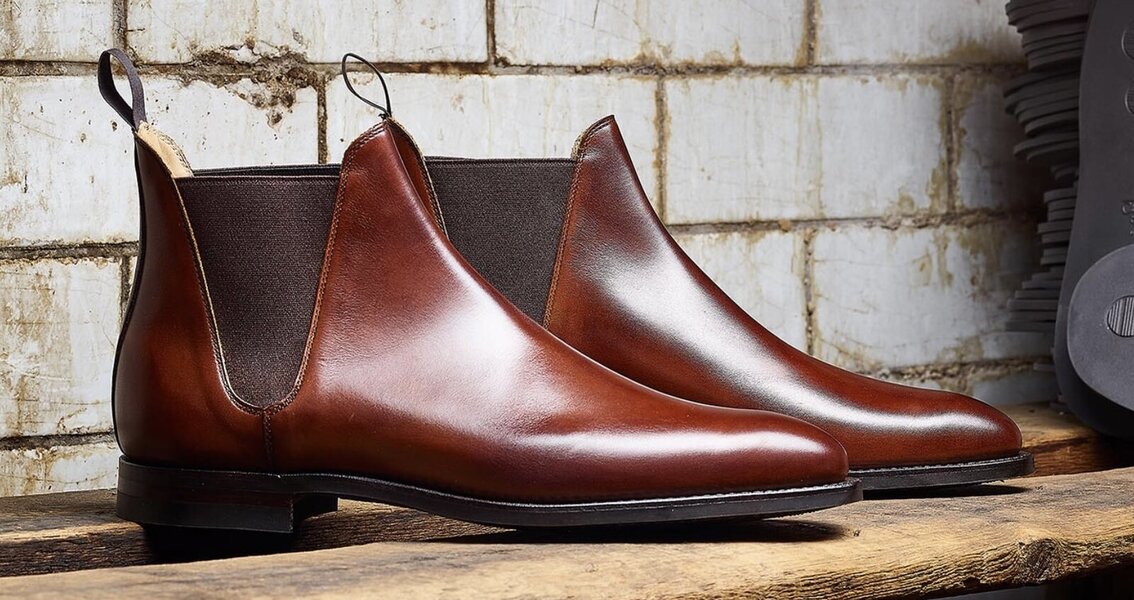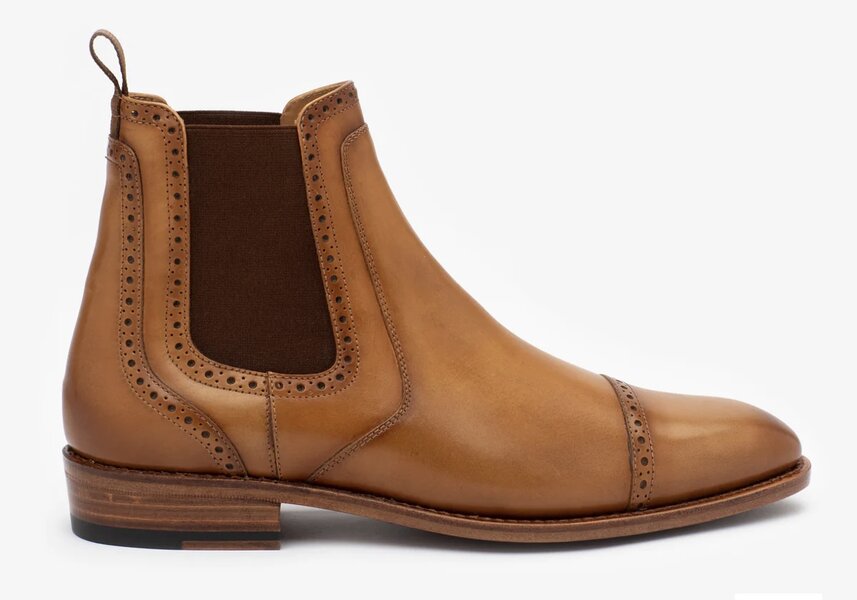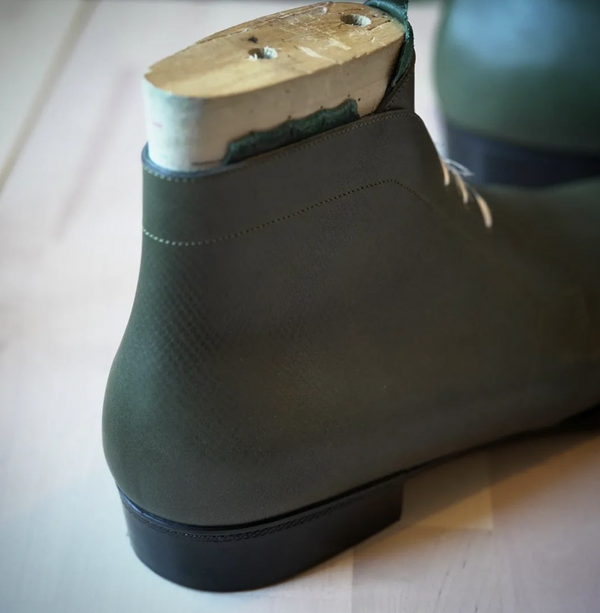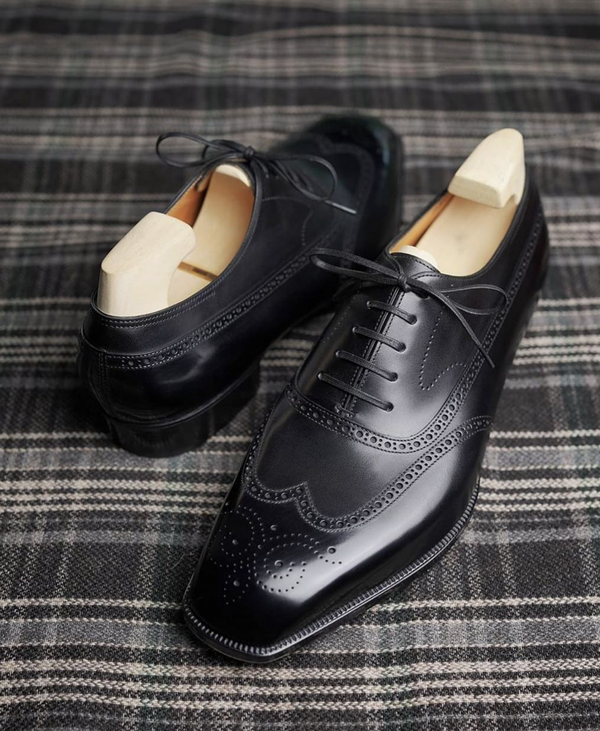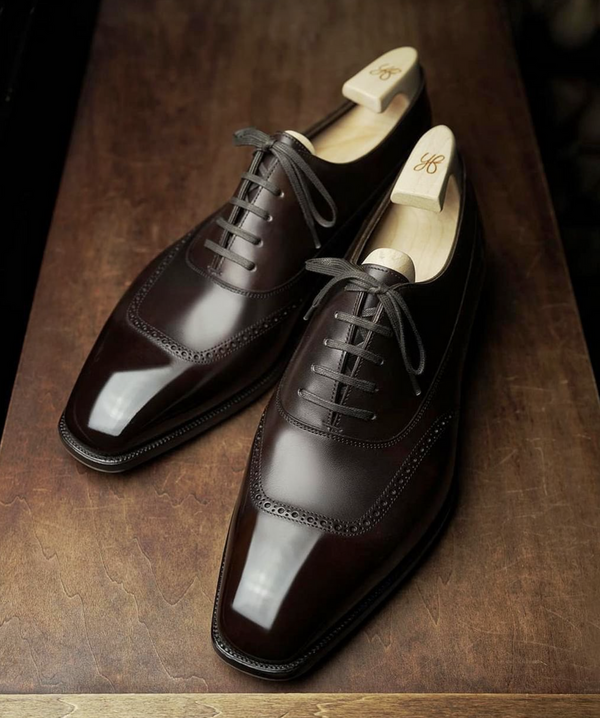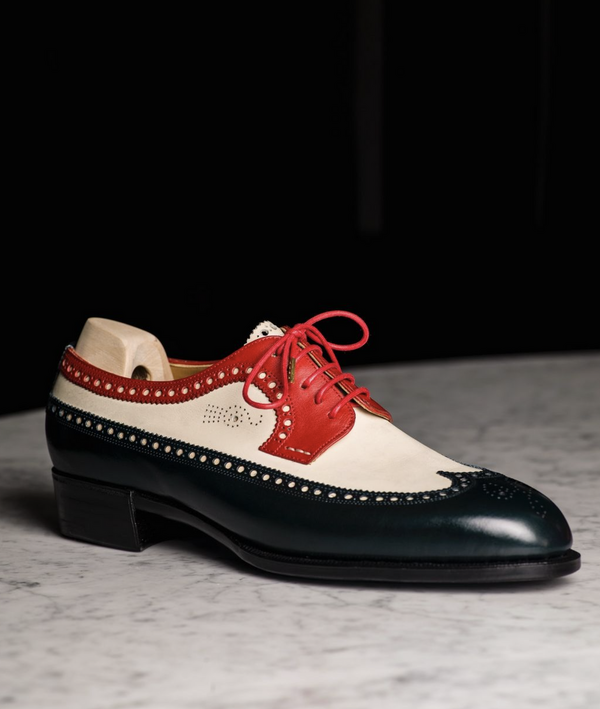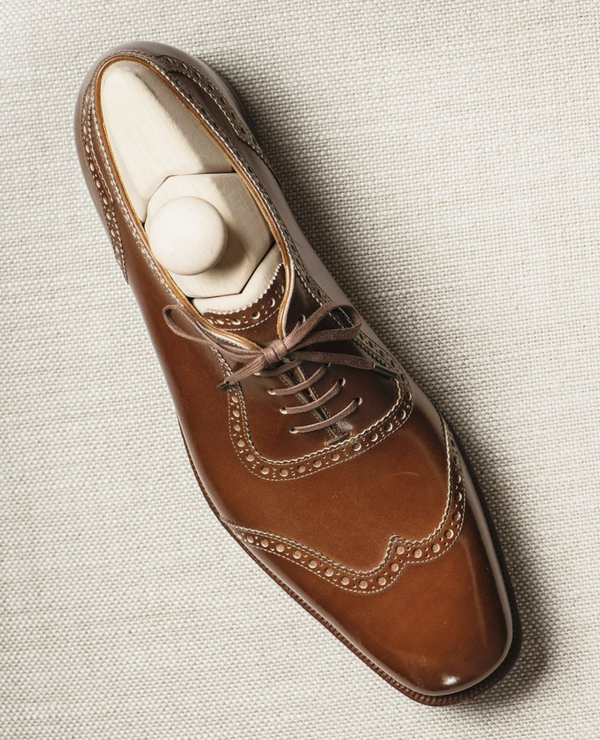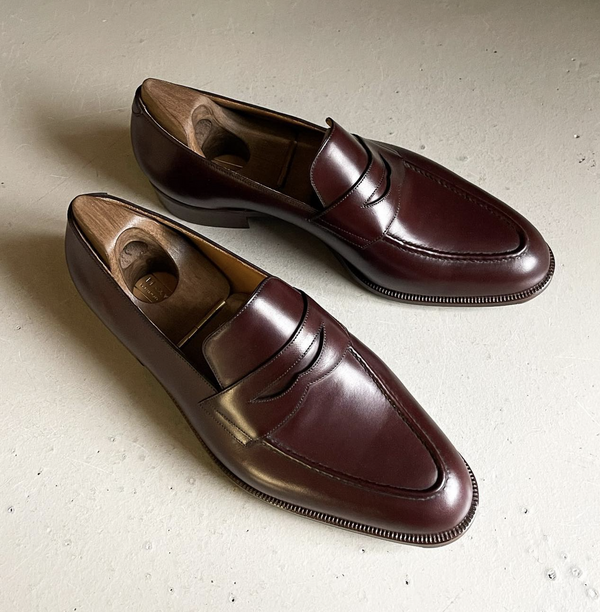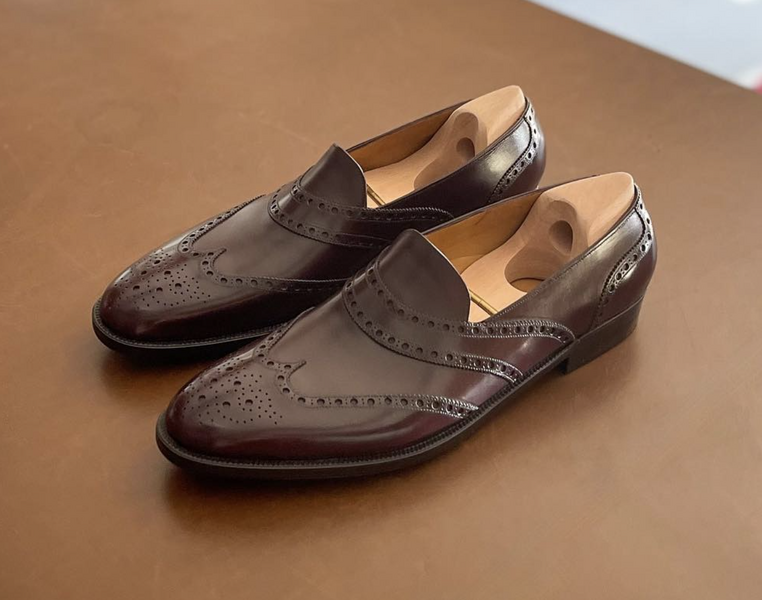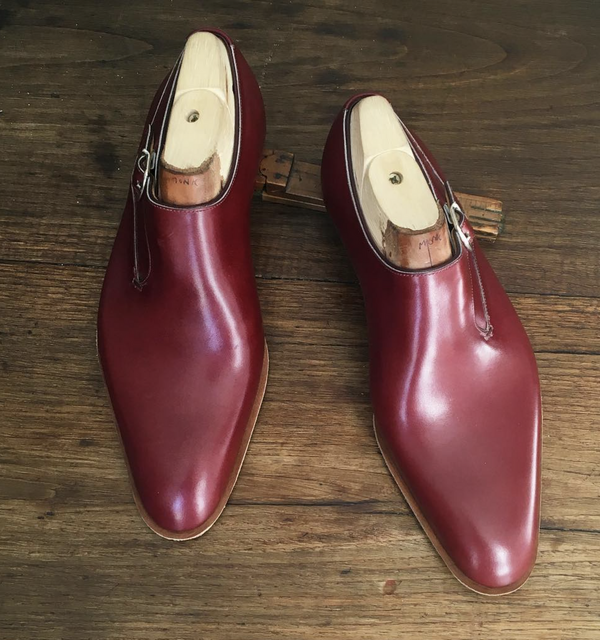- Joined
- Apr 10, 2011
- Messages
- 27,320
- Reaction score
- 69,987
Anyone know what's the story behind this boot design? I've seen it come up a few times in really high-end ready-to-wear and bespoke. I think EG/ RLPL did a version. These are from John Lobb (London). Curious if there's a story behind this design. The number of seams, plus the seam placement, seems strange to me. Was this some design that came out of a war rationing period?

